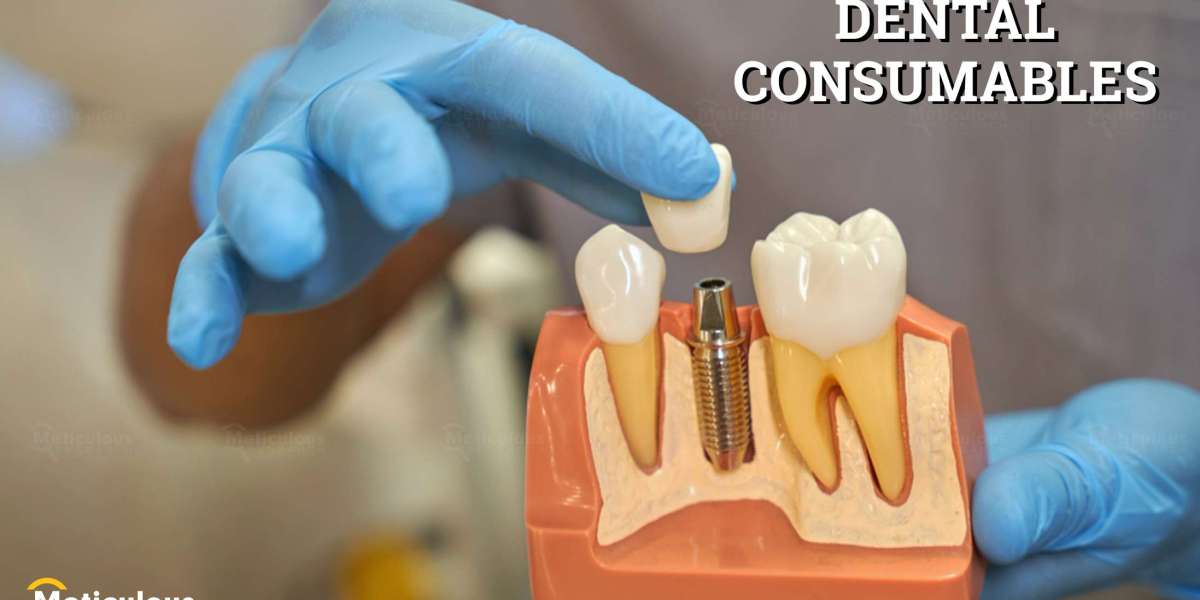Dental retainers play a crucial role in maintaining the alignment of teeth following orthodontic treatment. However, there's often confusion about whether retainers can shift teeth back into their original misaligned positions over time. Let's delve into this topic to understand how Dental Retainers in Dubai work and what impacts their effectiveness over the long term.
Understanding Dental Retainers
Dental retainers are custom-made devices typically used after braces or other orthodontic treatments to keep teeth in their new positions. They are made from either clear plastic or wires and are designed to fit snugly against the teeth. Retainers are essential because after braces are removed, there is a natural tendency for teeth to shift back towards their original alignment due to the surrounding gums, bone, and other oral structures adjusting to the new position.
How Retainers Prevent Teeth Shifting
The primary function of retainers is to hold teeth in their corrected positions while the surrounding oral structures stabilize. This stabilization process is crucial because it allows the bones and gums to adapt to the new alignment of the teeth. Initially, retainers are worn full-time, typically for several months, and then transitioned to nighttime wear only. This gradual reduction in wear time corresponds with the stabilization of the teeth in their new positions.
Can Retainers Shift Teeth Back?
Contrary to common misconceptions, dental retainers do not shift teeth back into their original misaligned positions over time. When worn as prescribed by orthodontists, retainers help maintain the achieved alignment by providing a constant gentle pressure. This pressure ensures that the teeth do not revert to their previous positions and remain in their corrected state.
Factors Affecting Retainer Effectiveness
Several factors can influence how well retainers maintain teeth alignment over time:
1. Compliance with Wear Instructions
- Following orthodontist recommendations on wearing retainers is crucial. Failure to wear them as directed can lead to teeth shifting.
2. Retainer Material and Quality
- The type of material used for retainers and their quality can affect how well they maintain teeth alignment.
3. Changes in Oral Structures
- As we age, natural changes in the gums and bone structure of the jaw can impact teeth alignment. Regular dental visits can help monitor any changes.
Long-Term Retainer Use
To ensure the continued effectiveness of retainers, it's essential to:
Maintain Regular Dental Visits: Routine dental check-ups allow orthodontists to monitor the condition of retainers and the alignment of teeth.
Replace When Necessary: Over time, retainers may wear out or become less effective. It's important to replace them as recommended by dental professionals.
Conclusion
In conclusion, dental retainers are vital for maintaining the alignment of teeth following orthodontic treatment. They do not shift teeth back into their original misaligned positions if worn correctly. By following the prescribed wear schedule and caring for retainers properly, individuals can enjoy long-term benefits and maintain their newly aligned smile. Understanding how retainers work and their role in oral health is key to ensuring a successful outcome after orthodontic treatment.
| Read More about: |


